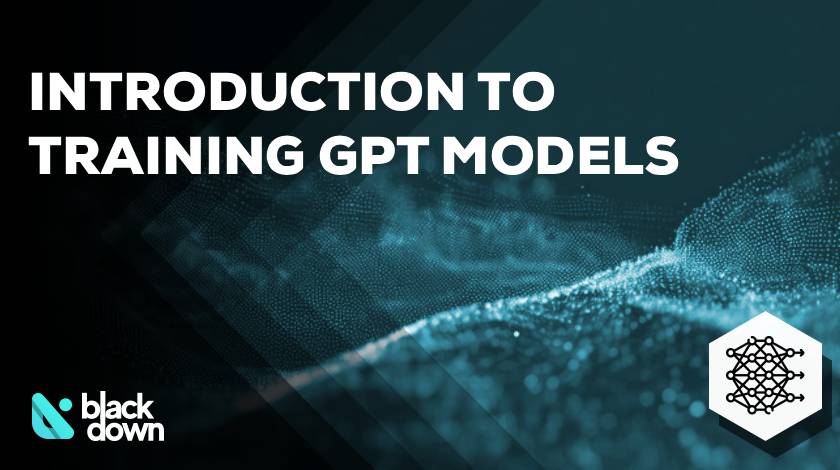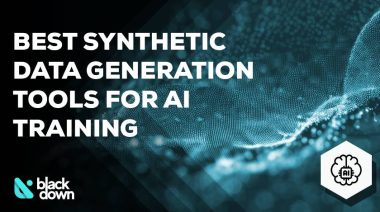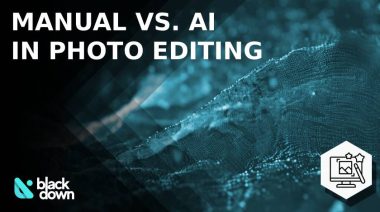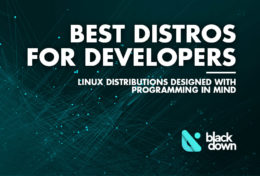The world of large language models has exploded in recent years. Let me walk you through the fundamentals of GPT training, even if you’re just getting started.
Two Different Approaches
There are two distinct paths: training from scratch or fine-tuning a pre-trained model.
Training From Scratch
Training from scratch means building a GPT model from the ground up. You start with random weights and teach the model everything about language using massive amounts of text data.
This requires hundreds of billions to trillions of tokens, distributed training across hundreds of GPUs, and runs that take weeks or months. The computational cost puts this out of reach for most organizations. This is why you typically see only large tech companies and well-funded research labs training foundation models.
Fine-Tuning Existing Models
Fine-tuning takes an existing pre-trained model and adapts it to your specific needs. The base model already understands language, grammar, and reasoning patterns.
This requires far less data, thousands to millions of tokens instead of trillions. You can often fine-tune on a single GPU in hours or days. In my experience, fine-tuning is the right choice for most developers.
The key insight: pre-training does about 98% of the work, fine-tuning is the last 2% that unlocks specific capabilities.
The Data Challenge
Building a Massive Training Corpus
For training from scratch, data collection is your biggest challenge. Modern GPT models learn from composite datasets: web crawls like Common Crawl, books, Wikipedia, research papers, and code repositories.
Meta’s LLaMA model used 1.2 trillion tokens. Gathering this requires automated pipelines and web scraping at scale. When collecting public online data, you’ll face technical obstacles like CAPTCHAs, IP blocks, and rate limiting. Decodo’s Web Scraping API handles these challenges automatically with proxy rotation, CAPTCHA solving, and rate management, letting you focus on data quality rather than technical barriers.
Volume alone isn’t enough. The data needs serious cleaning: removing duplicates, filtering spam, and stripping HTML boilerplate. Deduplication improves model performance and reduces wasted compute.
Curating Data for Fine-Tuning
Fine-tuning flips the strategy. Focus on quality over quantity with task-specific data.
Building a customer support bot? Gather FAQs, support logs, and product manuals. For instruction tuning, collect question-answer pairs and desired outputs.
I recommend a few thousand carefully written examples rather than millions of mediocre ones. Use a prompt-completion format where each example shows the user’s input and desired response.
Tokenization
Before training, you need to convert text into tokens. This step is often overlooked but matters.
When training from scratch, you’ll train a new tokenizer or adopt an existing one. Most modern GPT models use byte-pair encoding (BPE) with vocabularies from 30,000 to 100,000 tokens.
For fine-tuning, you must use the same tokenizer as your base model. Changing the vocabulary breaks the alignment between token IDs and learned embeddings. Always stick with the original tokenizer when fine-tuning.
Basic Optimization
Learning Rates
The learning rate controls how much the model’s weights change with each update. Training from scratch uses a warmup period where the rate starts very low and increases gradually, then gradually reduces over time.
Fine-tuning uses much smaller learning rates, often 0.00001 or 0.00002 compared to 0.0001 or higher for pre-training.
Preventing Overfitting
When fine-tuning with a small dataset, overfitting is a real concern. Use techniques like weight decay, dropout, and early stopping to prevent the model from memorizing your training data.
Key Considerations
Compute Requirements
Scratch training requires distributed setups with hundreds of GPUs running for weeks, costing millions of dollars per run.
Fine-tuning is far more accessible. A 7 billion parameter model can be fine-tuned on a single GPU with 24GB of memory. Training time ranges from minutes to days.
Which Approach Should You Choose?
For most applications, fine-tuning is the answer. Unless you’re building a foundation model to serve millions of users, start with a pre-trained model and adapt it.
Excellent foundation models are available as open source. Models like LLaMA-2 and Mistral provide strong starting points you can fine-tune without astronomical costs.
Wrap Up
Training from scratch offers total control but at enormous cost. Fine-tuning leverages existing knowledge and requires far fewer resources.
In my experience, start with fine-tuning unless you have compelling reasons and substantial resources to train from scratch. The field evolves rapidly, making both approaches more efficient.
If you’re interested in the technical aspects like advanced optimization, architecture innovations, and parameter-efficient methods, I’ve written a companion article that dives deeper.
Alexandra Chen
Related posts
Popular Articles
Best Linux Distros for Developers and Programmers as of 2025
Linux might not be the preferred operating system of most regular users, but it’s definitely the go-to choice for the majority of developers and programmers. While other operating systems can also get the job done pretty well, Linux is a more specialized OS that was…
How to Install Pip on Ubuntu Linux
If you are a fan of using Python programming language, you can make your life easier by using Python Pip. It is a package management utility that allows you to install and manage Python software packages easily. Ubuntu doesn’t come with pre-installed Pip, but here…











